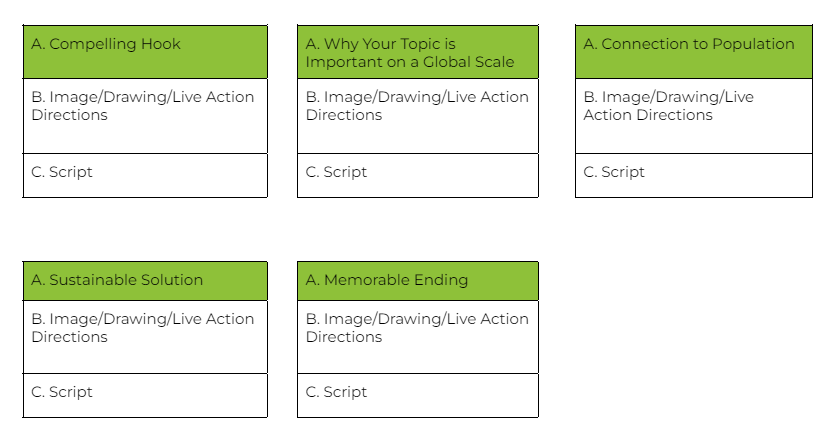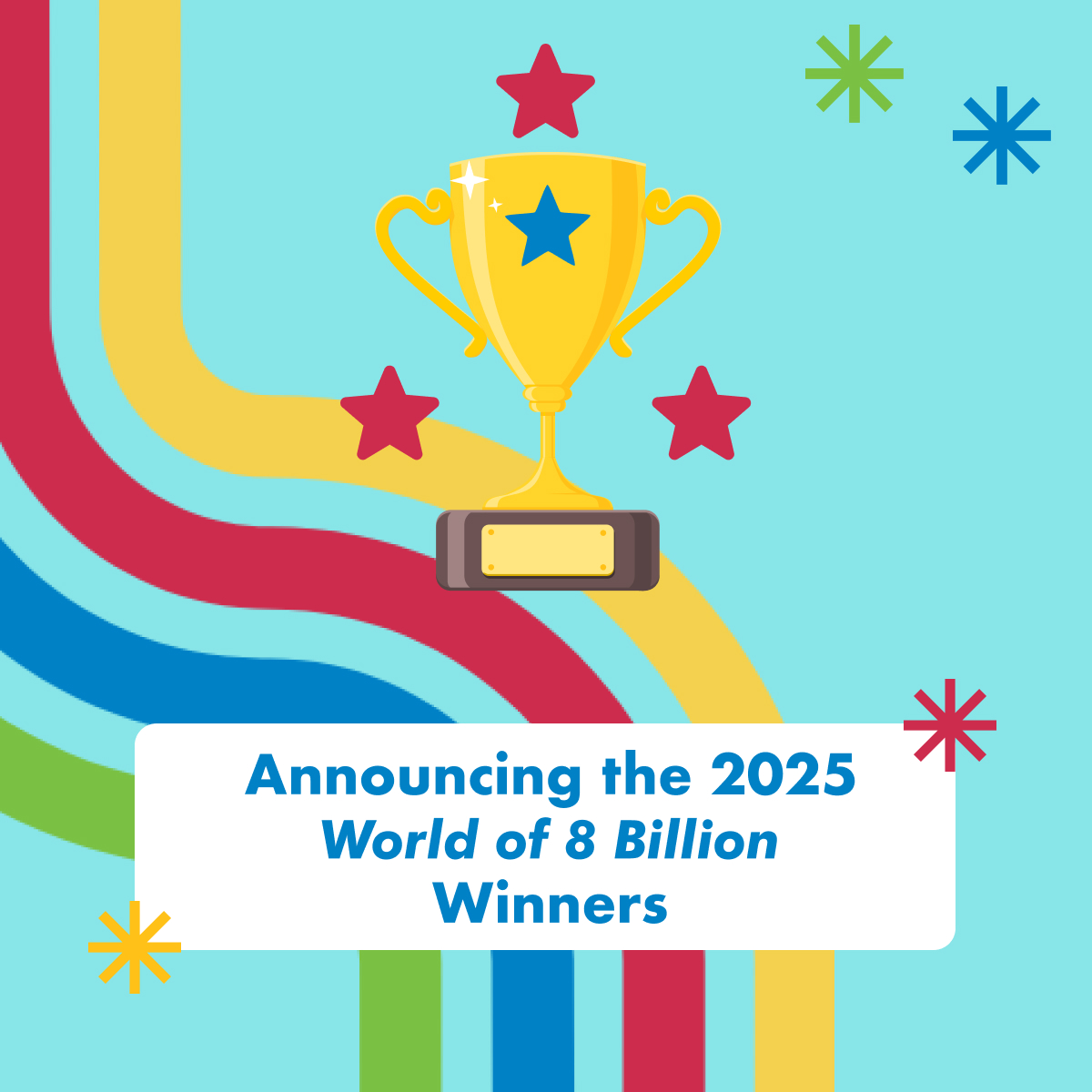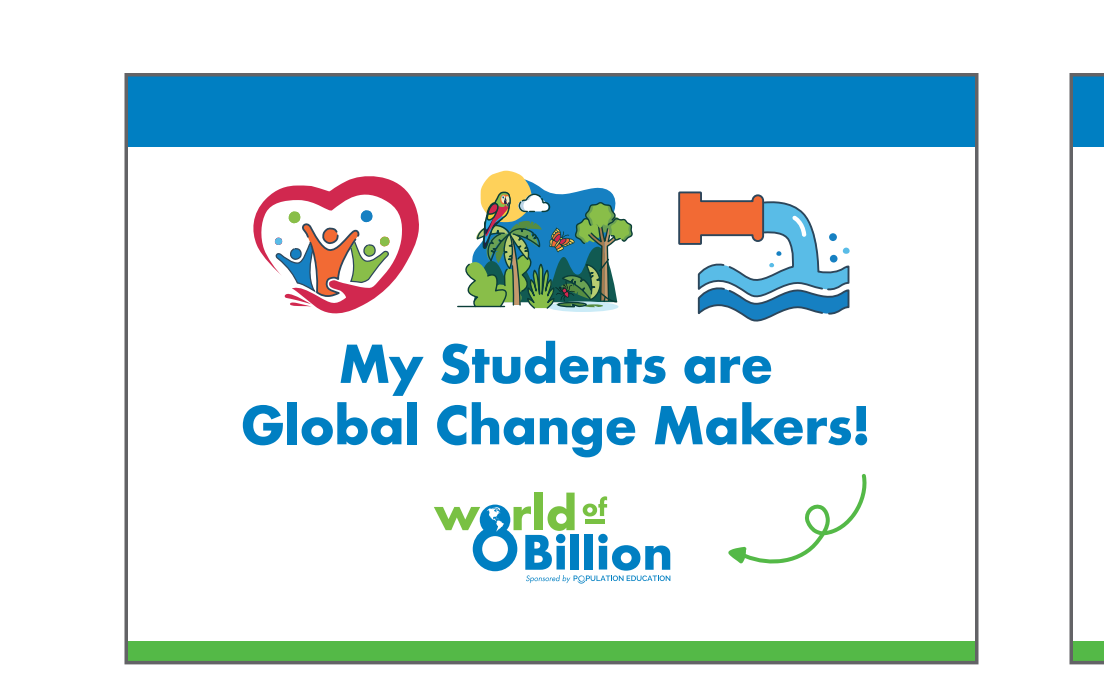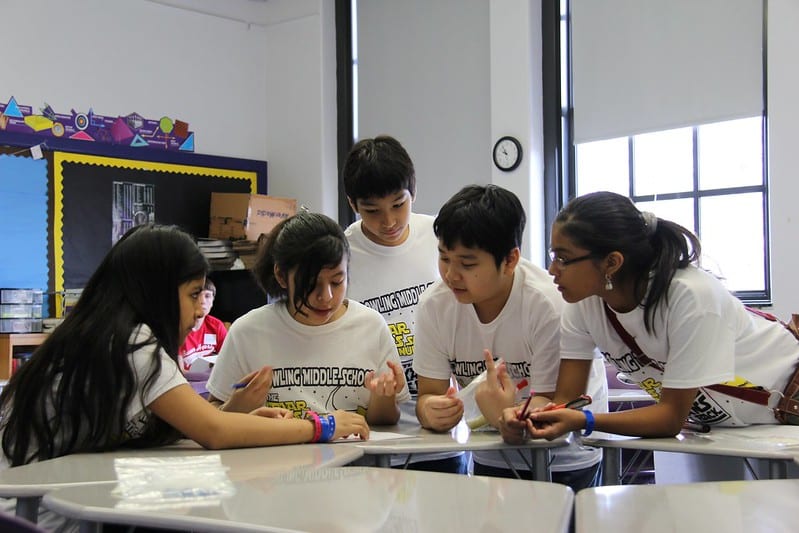Mastering the Art of Video Storytelling: Examples, Techniques, and Production Tips
Telling a compelling story is no easy task when you only have sixty seconds to share your ideas. What are some ways to maximize your story’s impact through video? Where can you start?
The first step to effective storytelling is to outline and write your story as a script. What are the main points you are trying to get across?
For the World of 8 Billion contest you want to make sure your video:
- Explains what your global topic is and why it is important
- Clearly shows how human population growth impacts your chosen global topic
- Contains a logical solution to the global topic presented in your video
Then think about how visuals, effects, and sounds can help strengthen your story. It might be helpful to create a “storyboard” and sketch your thoughts out. You can use the project guide to map out your story or create one on your own.
How to Use a Storyboard
A storyboard is a helpful preparation technique to get organized before filming. Think of it as a blueprint to your video. You’ll place images and text in the order you want them to appear, or be voiced, in the film.
Most storyboards break a video down into sections. Things that may be helpful to include in each storyboard section include:
- A title of the scene
- A drawing or image of what will be on screen (take a picture and upload) or the live action directions to represent what this section will look like
- A script for that section
If you are looking for images to include in your video we have another blog on how to find images that are copyright or royalty free.
Video Storyboard Planning (Example)
Here is an example of a simple storyboard. Each box represents a section of the video.
Use the project guide to create your own storyboard.

There are many ways you can visually present the content of your video. For example, you could use animation, have live actors, or use your own art. Below are a few examples of different ways you can present your story from past winners. As you watch the following examples, think about how they used different effects to get their point across.
Examples of Different Types of Videos
- Animated Video
-
- Check out “Animal Agriculture in a Growing World” and “Ghost Nets” for two different types of videos that use animation and how animation can create a memorable video.
- Live Action or Newscaster Style
-
- Check out “Reducing Emissions with Direct Air Capture” and “E-Waste: The Growing Problem and Solutions for a Sustainable Future” to see how appearing in your video can strengthen your story.
- Using Drawings/Art
-
- Check out “Urbanization: Energy Efficient Housing“ and “Our Fashion Footprint” to see how impactful your own art and creativity can be in telling a story.
Get Started!
How are you going to tell your story? Start planning with the Project Organizer and Project Resources page. We can’t wait to see what you create!







